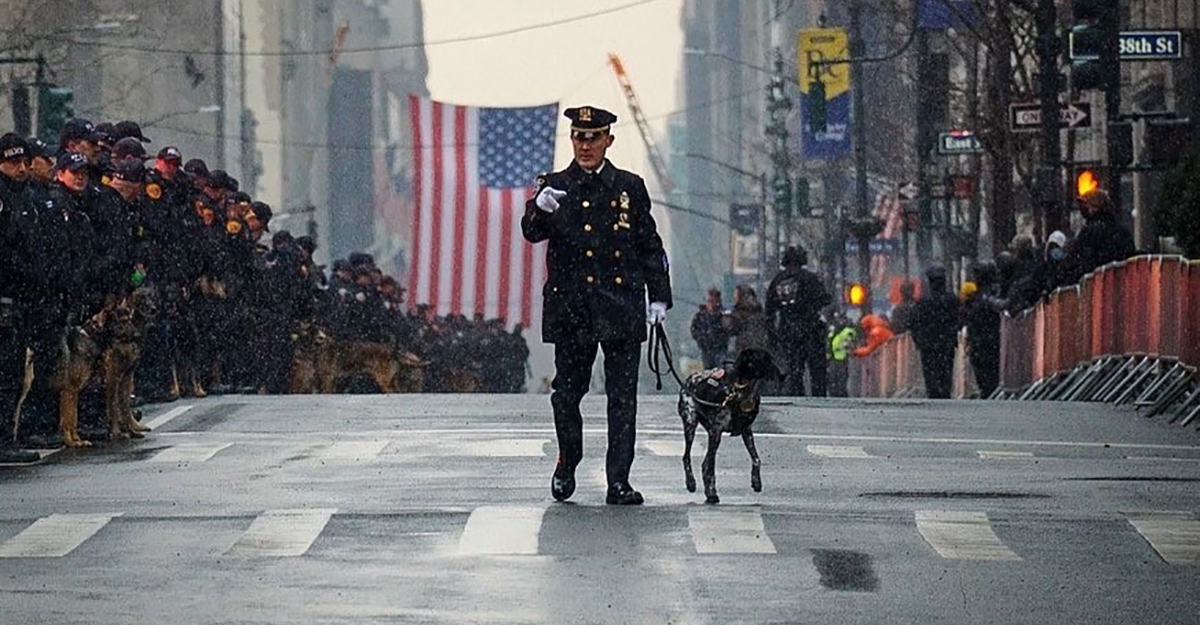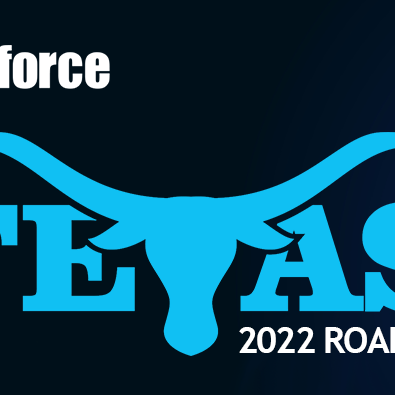
NYPD Transit Police Blaze the Path using BlueforceTACTICAL for Multi-Sensor Fusion and Subterranean Bomb Response
The intelligence community has been warning for some time about “home made†explosive and chemical weapons, many of which can be fashioned from materials bought at Home Depot or the local pool supply store. Fast forward to Saturday March 14, 2015 when leaders in the semi-autonomous Kurdish region in Iraq provided the Reuters news organization with soil and clothing samples taken by the peshmerga from an Islamic State suicide bombing in northern Iraq in January. The samples contained high levels of chlorine which suggested the substance was used in a weaponized form. Chlorine is a choking agent whose use as a chemical weapon dates back to World War One. Disturbingly though, it appears that radicals have succeeded in building a repeatable blueprint for weapons using industrial chemicals. Given the asymmetric nature of these organizations, detection of such weapon systems will be difficult without a strategy that embraces distributed detection.
One only needs to consider the breadth of the New York Transit System: It is the largest rapid transit system in the world with 469 stations in operation which are spread throughout the boroughs of Manhattan, Brooklyn, Queens, and the Bronx. The system moves 6 million people per day. The system is also one of the world’s longest with more than 233 miles (375 km) of routes, translating into 660 miles of track. “You are now part of the front line of this city’s response to terrorism,†the previous NYC Mayor told officers recently.
NYPD transit K9’s are trained with a multipurpose skill set, able to sniff out bombs, deal with a gun condition, track missing people, and take down criminals. They are expert in carrying cameras on their backs to check out suspicious packages or give officers an inside view of a hostage standoff, but visuals are a mere fraction of the “sensing equationâ€. A K9 can crawl into a space that is unobtainable to a officer. LT John Pappas, Commanding Officer of the NYPD Transit Bureau K9 Unit, recognized early on that working dogs could be outfitted with an array of sensors that detect threats, but also provide an “early warning system†to fellow officers and first responders. Sensors mounted to working dogs are now fused and shared in real-time for a real time “crowd-sourced†view of a real-time threat. “With this sensory equipment, the NYPD has taken a multipurpose canine (Patrol/Tracking/Explosive Detection) and elevated that canine to a virtual CBRNE detection platform, thereby enabling the unit to respond to various terrorist attack methods, with the same canine. The same canine that can be used to mitigate an active shooter, can also detect both conventional and non-conventional explosive devices. It is the ultimate example of a canine force multiplierâ€, said LT Pappas.
The NYPD Transit Bureau has unleashed an elite team of dogs and handlers specially trained to patrol the subways and outfitted with BlueforceTACTICAL and an array of counter-terrorism sensors. Chemical detection, radiological detection, location services, and health of the handler are now fully shareable in real time amongst the deployed force, but also with EOC and incident commanders. Smart Policing is impacted too. While not on an active operation, the mere act of patrolling produces valuable data that geospatially references “baseline†metrics for gamma radiological readings, but also gases and other markers. It’s a combination of policing and technology that’s beneficial to everyone in the war on terror.
NYPD and their Transit K9 unit leads the nation in thought leadership as it relates to detection, mitigation, and response using Blueforce technology. For more information, please request a formal briefing by calling us at 866-960-0204 or sending an inquiry to info@blueforcedev.com.


